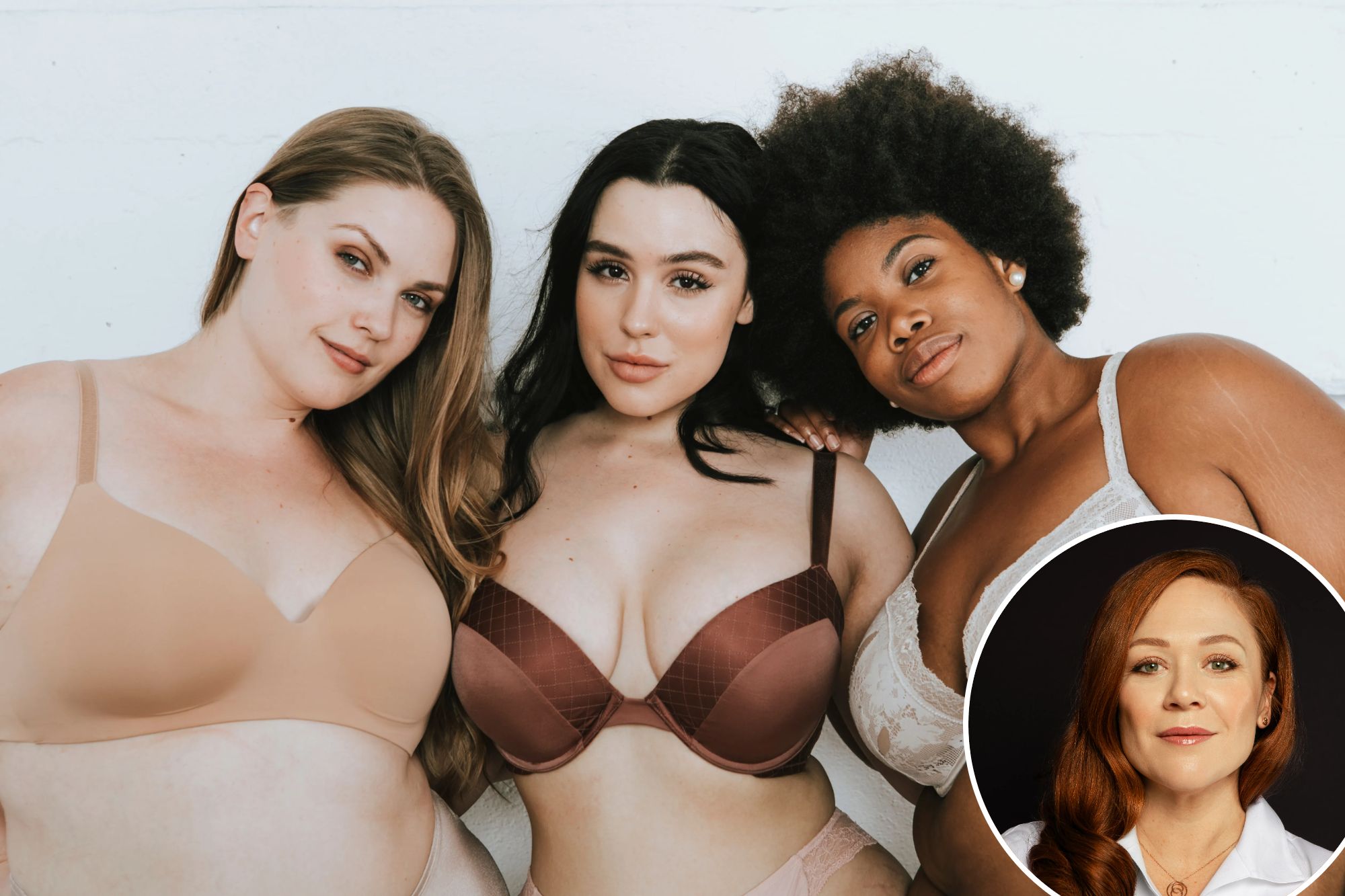Lifestyle
How Your Bra Choice May Affect Your Health: A Closer Look

A growing body of evidence suggests that the style of bra many women wear could significantly impact their health. According to surveys, approximately 80% of women in the United States wear a bra most days, yet many report discomfort and pain associated with their choice of undergarments. Bree McKeen, founder and CEO of Evelyn & Bobbie, emphasizes that many women have not been taught how to assess whether their bras are contributing positively to their well-being.
McKeen points out five surprising ways that a poorly designed bra can adversely affect physical and emotional health. She highlights that the traditional underwire push-up bra, often marketed as a standard for support, may be the worst offender.
Musculoskeletal Issues
The weight of breast tissue can vary significantly, with the average woman carrying between 0.5 to 1.5 pounds per breast. For women with larger breasts, such as those with D-cup sizes or more, the weight can exceed 3 pounds per side. McKeen explains that if a bra fails to distribute this weight effectively, it can lead to a range of musculoskeletal problems. Poor posture, neck and back pain, and even tension headaches can arise as a result of inadequate support.
McKeen, who wears a 34G cup herself, has experienced these issues firsthand. Her struggles with discomfort from underwire bras led her to establish her brand, focusing on creating supportive yet comfortable alternatives.
Potential Nerve Damage and Lymphatic Issues
The design of a bra can also pose risks to nerve health. McKeen likens wearing a poorly designed bra to carrying a heavy bag with inadequate straps. Tight bra straps can compress nerves running from the neck and shoulders down to the arms, causing symptoms such as tingling or numbness. Many women may experience these sensations without realizing their bra is the source.
Moreover, traditional underwire bras can restrict blood flow and interfere with the lymphatic system, which plays a crucial role in fighting infections and maintaining fluid balance in the body. While there is limited research on the impact of lymphatic restriction from bras, McKeen notes that doctors often recommend wire-free bras post-surgery to facilitate healing.
Skin Irritation and Chemical Exposure
Common allergens found in bras, such as latex, nickel, and spandex, can irritate the skin, leading to symptoms like rashes and swelling. McKeen warns that some bras may also contain toxic materials, including Bisphenol A (BPA), which has been linked to health problems such as asthma and hormone disruption. A 2022 report from the Center for Environmental Health revealed that certain sports bras from leading brands exposed wearers to levels of BPA up to 22 times the safe threshold, prompting McKeen to advocate for BPA-free options.
Emotional Impact
The emotional toll of wearing an uncomfortable bra is often overlooked. McKeen notes that persistent discomfort can lead to anxiety and lower self-esteem. Studies indicate that women who experience physical pain from their bras tend to report higher levels of anxiety. McKeen stresses that the garments we wear daily can significantly influence our confidence and overall mental well-being.
The traditional underwire push-up bra is particularly problematic, according to McKeen. She explains that this style forces breast tissue into unnatural positions, applying pressure on essential lymphatic pathways and potentially leading to physical discomfort, including scars from constant chafing.
At Evelyn & Bobbie, McKeen aims to provide alternatives that support both physical health and emotional well-being. Their patented technology offers support without the drawbacks of traditional underwires, promoting a more comfortable experience for women.
In conclusion, as awareness grows about the potential health impacts of bra design, it becomes increasingly important for women to assess their choices. Comfort and fit should be prioritized to ensure a positive impact on both physical and emotional health.
-

 Lifestyle3 months ago
Lifestyle3 months agoLibraries Challenge Rising E-Book Costs Amid Growing Demand
-

 Sports3 months ago
Sports3 months agoTyreek Hill Responds to Tua Tagovailoa’s Comments on Team Dynamics
-

 Sports3 months ago
Sports3 months agoLiverpool Secures Agreement to Sign Young Striker Will Wright
-

 Lifestyle3 months ago
Lifestyle3 months agoSave Your Split Tomatoes: Expert Tips for Gardeners
-

 Lifestyle3 months ago
Lifestyle3 months agoPrincess Beatrice’s Daughter Athena Joins Siblings at London Parade
-

 World3 months ago
World3 months agoWinter Storms Lash New South Wales with Snow, Flood Risks
-

 Science3 months ago
Science3 months agoTrump Administration Moves to Repeal Key Climate Regulation
-

 Science2 months ago
Science2 months agoSan Francisco Hosts Unique Contest to Identify “Performative Males”
-

 Business3 months ago
Business3 months agoSoFi Technologies Shares Slip 2% Following Insider Stock Sale
-

 Science3 months ago
Science3 months agoNew Tool Reveals Link Between Horse Coat Condition and Parasites
-

 Sports3 months ago
Sports3 months agoElon Musk Sculpture Travels From Utah to Yosemite National Park
-

 Science3 months ago
Science3 months agoNew Study Confirms Humans Transported Stonehenge Bluestones









